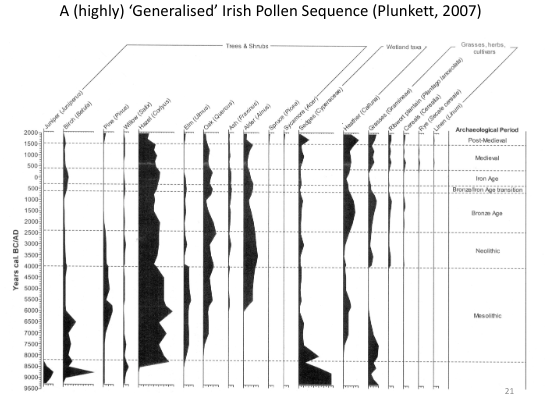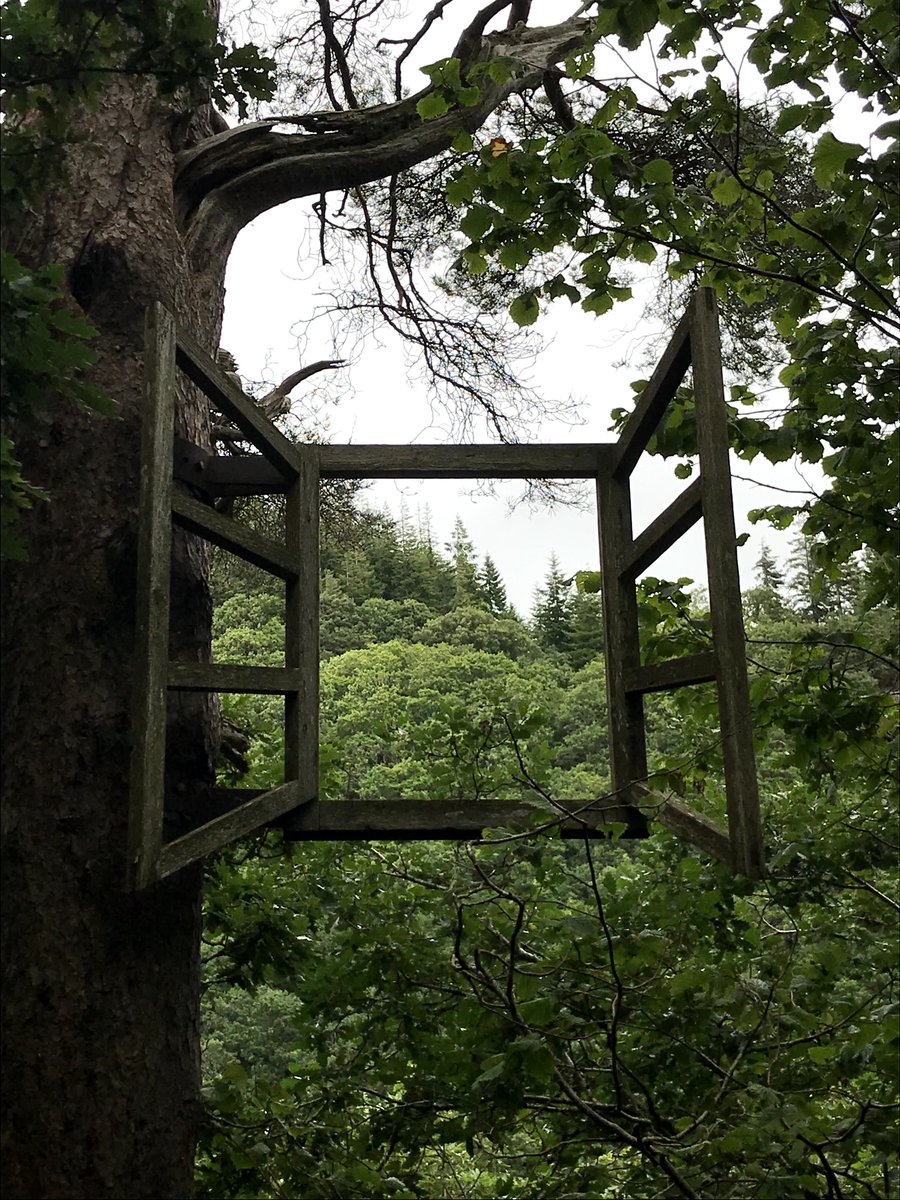#NewProfilePic
A massive thank you to @CorncrakeLife for the great week of crex conservation!
From May 01st, we have none other than @RuthFCarden taking over the account!
A massive thank you to @CorncrakeLife for the great week of crex conservation!
From May 01st, we have none other than @RuthFCarden taking over the account!

Ruth is a (palaeo)zoologist, zooarchaeologist and Quaternary faunal specialist working in Ireland on commercial and academic projects for the past 20+ years.
Ruth is a part time Research Scientist with the School of Archaeology, UCD on the Irish Cave Bones Project.
Ruth is a part time Research Scientist with the School of Archaeology, UCD on the Irish Cave Bones Project.
She has wide-ranging commercial/research interests driven by a multidisciplinary approach involving key themes including zoology, palaeoecology, GIS spatial modelling, zooarchaeology & dynamics between human-animal relationships, & palaeoenvironment during the past 50,000 years
Stay tuned for a great week explaining the where, what, why and who of Irish ecology!
Details of past curators and how to get in touch about curating can be found here
Have a great week! - @NativeWoodTrust admin
Details of past curators and how to get in touch about curating can be found here
Have a great week! - @NativeWoodTrust admin
https://twitter.com/IrelandsEnviro/status/1586737063071809536?t=7j6Kwcsb5vXaD9m-UjsxeQ&s=19
• • •
Missing some Tweet in this thread? You can try to
force a refresh

 Read on Twitter
Read on Twitter


















